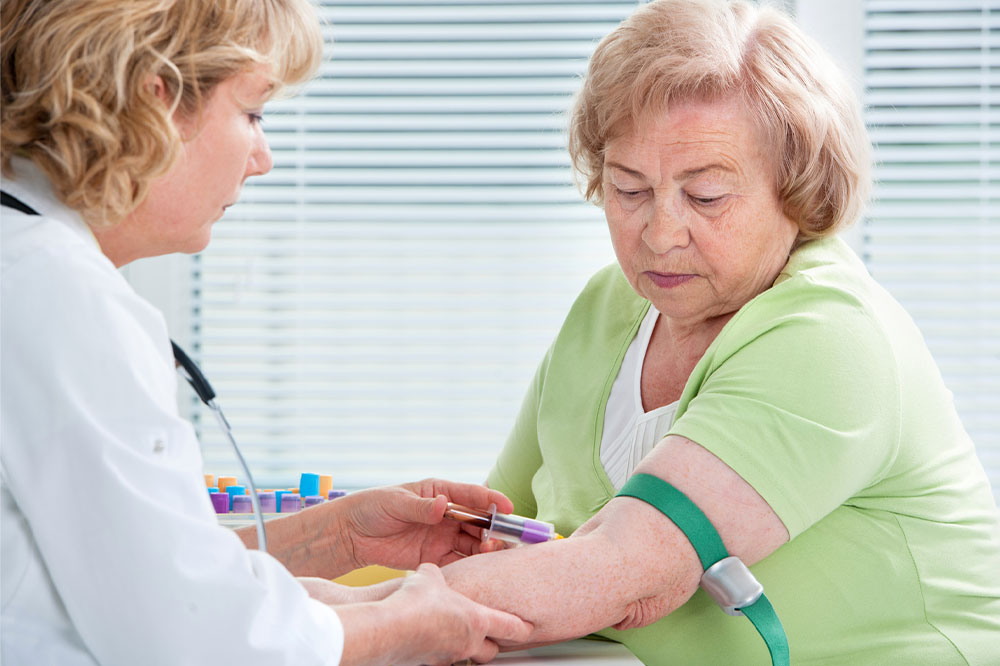10 Common Early Symptoms of Parkinson’s Disease

Parkinson’s disease (PD) is a neurological condition affecting around one million individuals nationwide. Studies suggest a hybrid of environmental and genetic factors is responsible for the condition. Though there is no cure, a combination of therapies can help improve the quality of life for patients with the condition. Understanding the early warning signs and symptoms of the disease can be helpful for an early diagnosis and better management of the condition.
Tremor
Rhythmic shaking or tremor typically starts in the limb, usually your fingers or hands. You may rub your forefinger and thumb back and forth. It is called the pill-rolling tremor. In people with Parkinson’s disease, the hands tremble while at rest. The shaking usually reduces while performing tasks. However, not everyone experiencing shaking may have Parkinson’s. In some cases, shaking might be routine, especially during stress, after workouts, or after injury. At times, shaking may also be an outcome of ongoing prescription treatments.
Small handwriting
A sudden change in your handwriting size might also be an early warning sign of Parkison’s disease symptoms. People with Parkinson’s cannot monitor their movements because of neurological changes. It can make motor skills, such as writing, more challenging.
The condition is known as Micrographia. Patients with Parkinson’s disease usually have handwriting that appears cramped. Individual letters look smaller than usual, and words are spaced closely. Somebody with the condition may start writing a letter in regular handwriting but gradually switch to a smaller font.
Difficulty walking
Subtle changes in an individual’s gait are also early warning signs of Parkinson’s disease. People with Parkinson’s disease might walk at a slow pace or drag their feet while walking. This condition is widely known as shuffling gait. People usually walk at an irregular pace. It shifts from walking slower to faster or changing their stride length.
Bradykinesia
The Greek term for ‘slow movement,’ bradykinesia is also a prevalent Parkinson’s symptom and is typically associated with movement disorders. Beyond the general slowness in movement, bradykinesia manifests as mask-like or reduced facial expression (also called facial masking or hypomimia), issues with fine motor coordination (such as facing challenges while buttoning the shirt), and a decreased blink rate in the eyes. Furthermore, facing trouble turning over is also an indicator of bradykinesia.
Restless sleeping
Sleepwalking, talking in sleep, or acting out of your dreams are all signs of rapid eye movement (REM) sleep behavior disorder. These can also be warning signs of Parkinson’s disease. A healthy individual sleeps as if in a paralyzed state, but for people with Parkinson’s disease, the brain mechanism that oversees this sleep phase is usually defective.
Certain studies indicate that around 33% of people with REM sleep conditions develop a neurodegenerative disorder like Lewy body dementia or Parkinson’s after five years. One common sign associated with this health issue is falling off the bed. If you sleep or live with someone else, they will likely hear or see you acting out of your dreams. Sometimes people jump off their bed suddenly or punch or kick in their sleep. Those living alone might wake up yelling or with twisted sheets.
Feeling extreme sadness
Feeling extreme sadness is also a typical Parkinson’s disease symptom. The physical changes arising from Parkinson’s disease and the stress of dealing with a chronic illness often make one emotionally down. Extreme sadness usually makes it hard to cope with everyday life and results in feelings of hopelessness.
Muscle stiffness
As we move, we naturally swing our arms. But people with Parkinson’s disease lose their automatic motions. It stems from the stiffness in the legs, shoulders, and arms. Movements start feeling rigid and are often hard to complete. Muscle stiffness may be a sign of other conditions, but it does not go away if it is caused by PD.
Voice changes
Parkinson’s disease can affect your movement in multiple ways, especially how you speak. For example, you might know of slurred speech, a common symptom in patients with advanced PD. But in the early stages, too, PD might lead to some less dramatic voice changes. However, your pronunciation continues to be crystal clear in the early stages, but you may unintentionally start speaking more quietly. Typically, people with PD have a hoarse voice and talk in low tones or with slight inflection.
Posture
The uncontrolled, wide, involuntary Parkinson’s disease movements do not happen overnight. Hence, you will notice your posture changing slightly initially. However, it will worsen gradually. You will mostly see it as stooped, slouching, or leaning posture, an early PD sign. It is because of the loss of balance and coordination affecting the body. Injuries to the back also result in stooping, but if this is the trigger factor, it will eventually straighten up after the healing period. However, people with Parkinson’s disease might be permanently unable to regain that skill.
Loss of smell
Also known as hyposmia, loss of smell is an olfactory dysfunction and affects almost 70-90% of people with PD. It may begin many years before you get diagnosed with PD, or the disease affects your movements. People with hyposmia from PD experience symptoms like the inability to tell the difference between odors, reduced olfactory perception, inability to detect smells, and difficulties in recognizing odors. Doctors employ smell identification tests for hyposmia diagnosis, but the test accuracy widely varies. But hyposmia might not always mean you have PD, as loss of smell may be brought on by various other health issues.
The warning signs and symptoms mentioned above necessitate intervention by a healthcare professional. If left untreated, Parkinson’s disease can worsen and lead to deterioration of all brain functions. Treatments for this condition aim to improve mobility and function, maintain the overall quality of life, reduce symptoms like tremors, and improve gait, posture, balance, and motor skills.